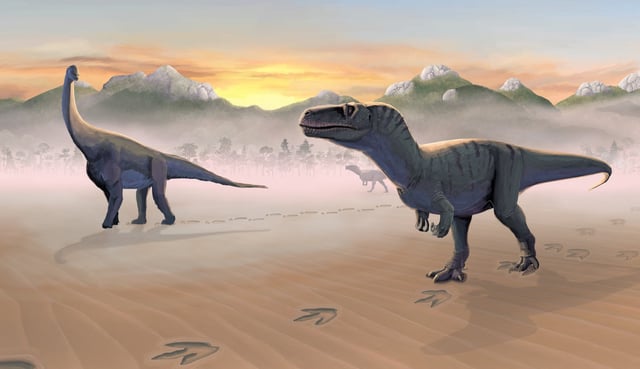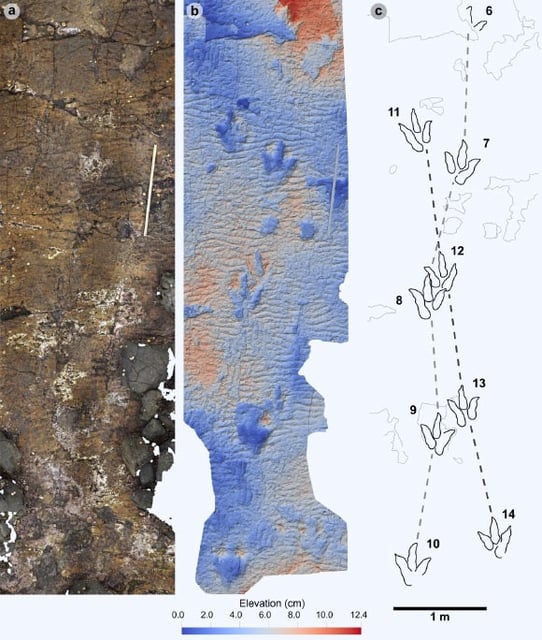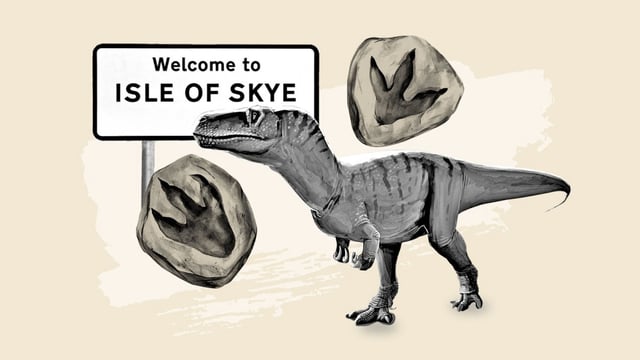Overview
- Researchers have identified 131 dinosaur footprints at Prince Charles’s Point on the Isle of Skye, preserved in rippled sandstone from 167 million years ago.
- The tracks include prints from megalosaurs, a theropod related to T. rex, and large sauropods, providing evidence of their coexistence around freshwater lagoons.
- The site offers a rare glimpse into the Middle Jurassic period, a poorly represented era in the fossil record, shedding light on dinosaur behavior and environmental preferences.
- The footprints were analyzed using photogrammetry, creating detailed 3D models from drone-captured images, enabling precise study of their size, gait, and speed.
- This discovery ties prehistoric life to Scottish history, as the site is also where Bonnie Prince Charlie hid in 1746 during his flight from British troops.



